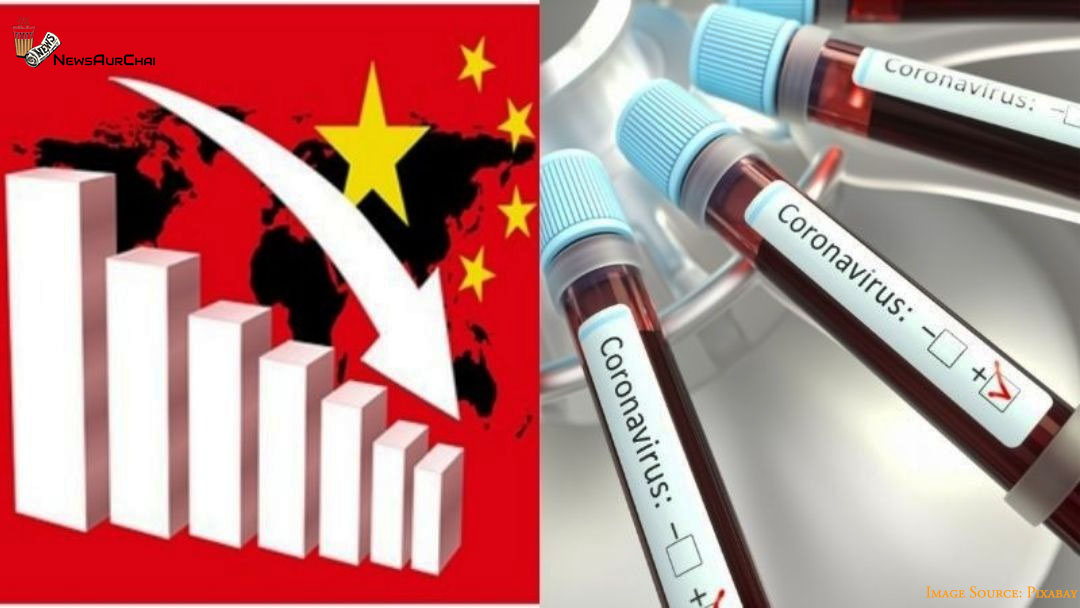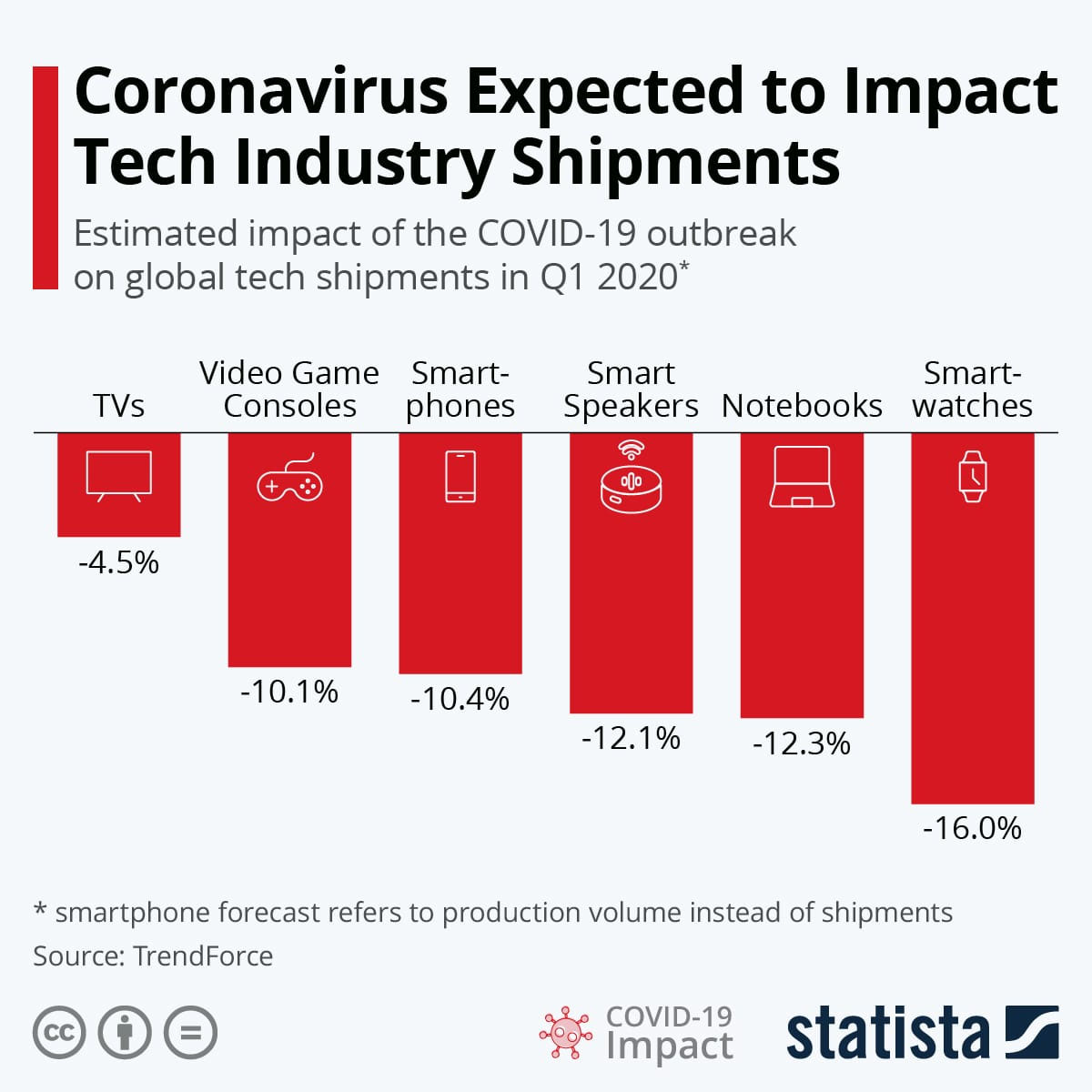
Noval Coronavirus— an epidemic that took not only the lives of people but also is reducing the life span of various technology industries as well. The fact that the technology industry relies profoundly on Chinese manufacturing and components, it doesn’t come as a shock that industry heavyweights such as Apple and Xiaomi have openly announced that the coronavirus outbreak would affect their results for the ongoing quarter. Huawei also believes that virus outbreak will affect their outcome but haven’t made any announcement yet.
However, market leader Samsung has a different thought about the same, as they believe the COVID-19 outbreak could be beneficial.
The South Korean electronics giant in the recent year had moved much of its smartphone production to Vietnam and pulled the plug on its last mobile phone plant in China in late 2019. Having primarily withdrawn from the Chinese market, Samsung will also be less affected by store closures and other demand effects that will impact most of its rivals, giving it an upper hand in the market.
Chinese market research company TrendForce expects predicted the outcome of coronavirus on the technology industry.
Here are the details of the forecast for consumer electronic category of the technology industry.

Smartphone
Smartphone production is predicted to reach 1.381 billion units, a decline of 10.4 per cent year-on-year this quarter, which would make it the sickest quarter in five years (since 2016). The supply chain is labour-intensive, so is being heavily hit by the delay of work resumption, and there will also be shortages of upstream components like camera modules. Still, due to the outbreak’s mercurial nature, 2020 smartphone production can fall below this forecast.
Video game console
Video game console production has been profoundly hit due to the epidemic. However, next-generation production won’t be impacted as long as the outbreak can be mitigated by the end of this quarter since most of the video games will be launching in the holiday season. In anticipation of upcoming machines, currently, the demand for Sony’s PS4 and Microsoft’s Xbox One have already dropped, meaning shortages of the current-generation devices are also unlikely. Ultimately, COVID-19’s impact on the 2020 video game industry is, mild when compared as the there will be a 10.1 per cent fall.
Notebooks, LCD monitors, and LCD TVs
The downstream ODMs and brands in the supply chain are unquestionably hit the most by the coronavirus outbreak. As the companies lost precious working days after work, resumption was postponed. Moreover, on the whole operators’ resumption rate is low along with insufficient/ shortage of components.
If we look at the TV and monitor manufacturing, the process and demand for materials are similar, because of which the TV set shipment is expected to fall from the previous prediction (48.8 million units) to 46.6 million units in 2020. The monitor set shipment is predicted to decrease from the last forecast (29 million units) to 27.5 million units. As per the prediction drop in the shipment of TVs are comparatively the lowest, which is 4.5 per cent.
To assemble a Notebooks set requires complicated vital components. At the current stage, Notebook’s batteries, hinge, and PCB has already experienced a shortage/out of stock. This factor might cause some brands’ shipment quantity to remarkably drop from the previous prediction (35 million units) to 30.7 million units in 2020. The drop in the shipment of Notebooks will have a significant impact, which is predicted to fall up to 12.3 per cent.
The coronavirus affected not only the supply chain but also the demand, as it hurts China’s consumer confidence and reduces end-market demand in the short and long run.
Smart Speakers
The supply chain of smart speaker assembly is spread throughout the affected regions of China– which are currently under closed-off management; personnel entering and leaving the areas are strictly monitored.
Under the closed-off management and despite some manufacturers’ work resumption on February 10, neither personnel nor goods and services can be freely transported as of now. As such, smart speaker manufacturers face a significantly reduced rate and degree of capacity recovery.
Labour and material shortages are estimated to extend the traditionally weak season owing to diminished output during Chinese New Year, in turn weakening 2020 smart speaker shipment numbers. The smart speaker shipment is predicted to suffer a decline of 12.1 per cent during the first quarter of 2020.
Smartwatches
Smartwatches are set to drop 16 per cent during the first quarter of 2020 from prior expectations, whereby making it the highest in the above-said category. Though the report notes that sales for wearables usually are much higher in the second half of the year when devices like the Apple Watch are updated.
Assembling process of smartwatches and other wearable products mostly take place in the severely affected area of China (Guangdong, Jiangsu, and Zhejiang); work stoppages, labour shortages, and material shortages can lead to a decline in the projected production volume of 2020. Moreover, there is a possibility of a shift in the launch of many wearables.
The forecast also indicated that the automobile, Green energy, Telecommunication, laptop PCs and other electronic products also to see the most significant decline than the previous predictions.
As there is an interconnectedness of the global economy, the progression of China’s outbreak damages not only China’s GDP, but also the overall global economy, leading to a reduction of consumer purchasing power and consequently presenting a difficult challenge for the whole technology industry.





